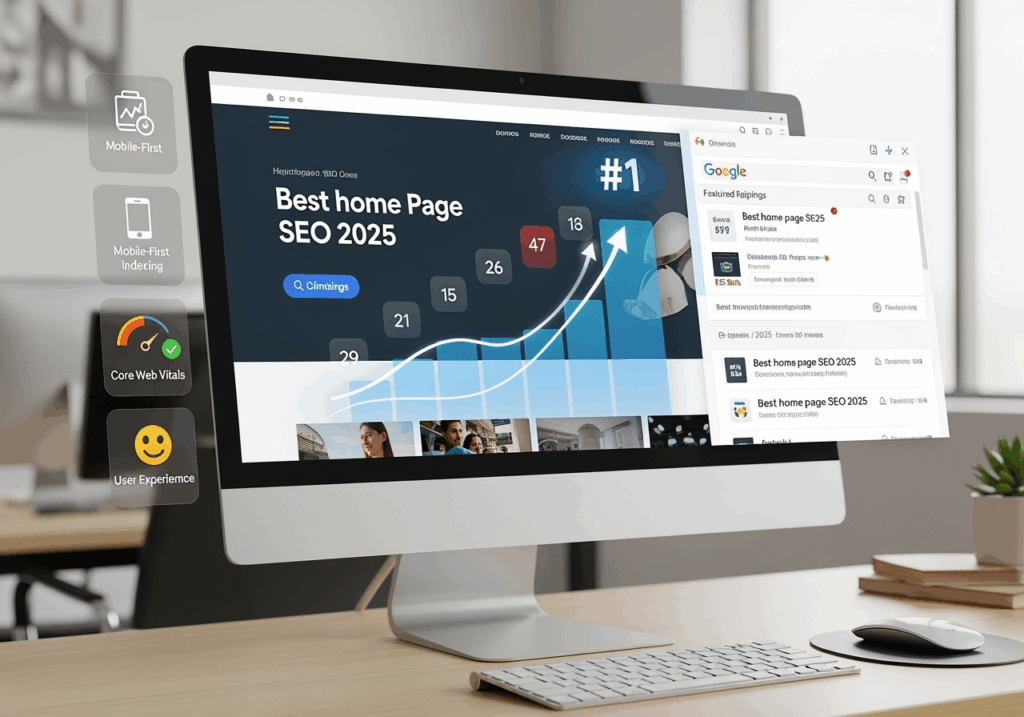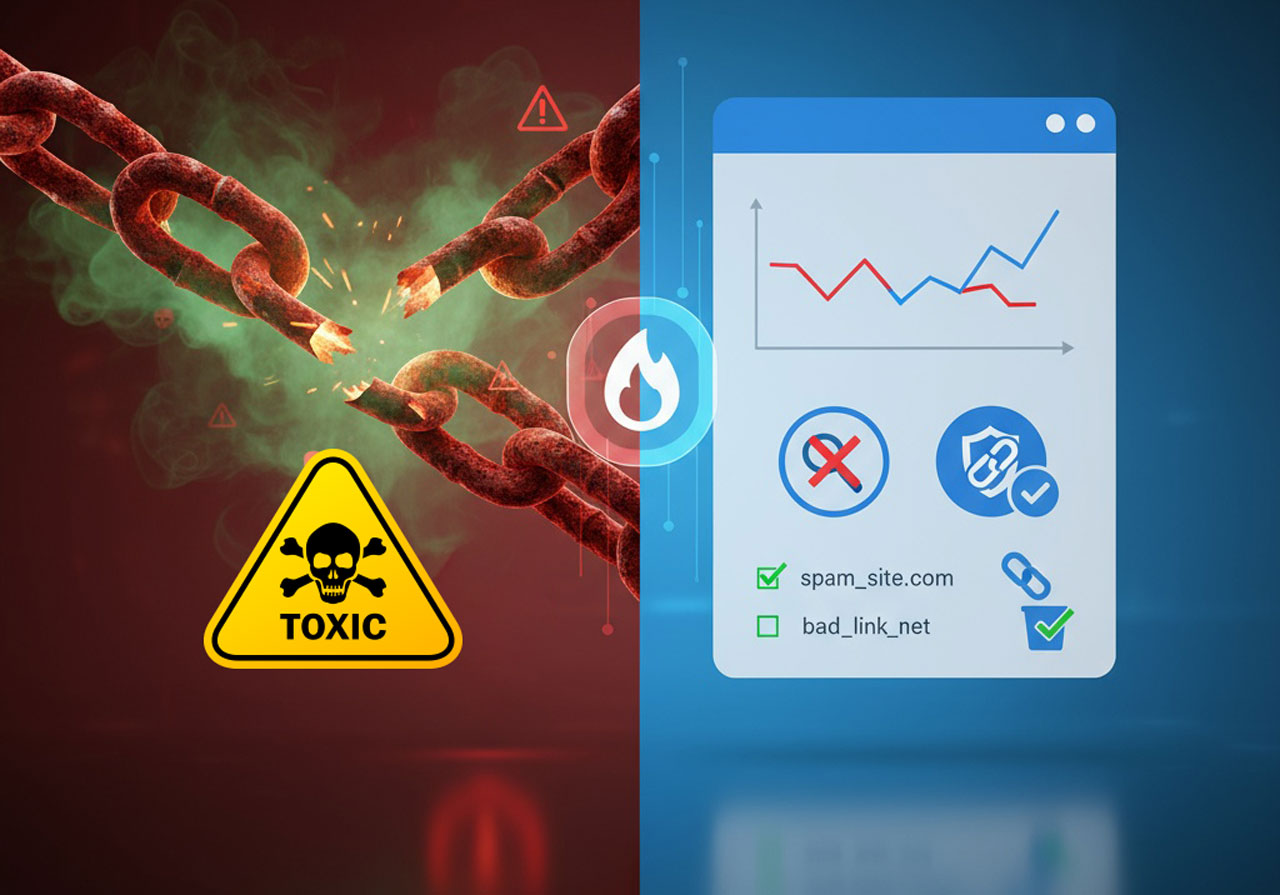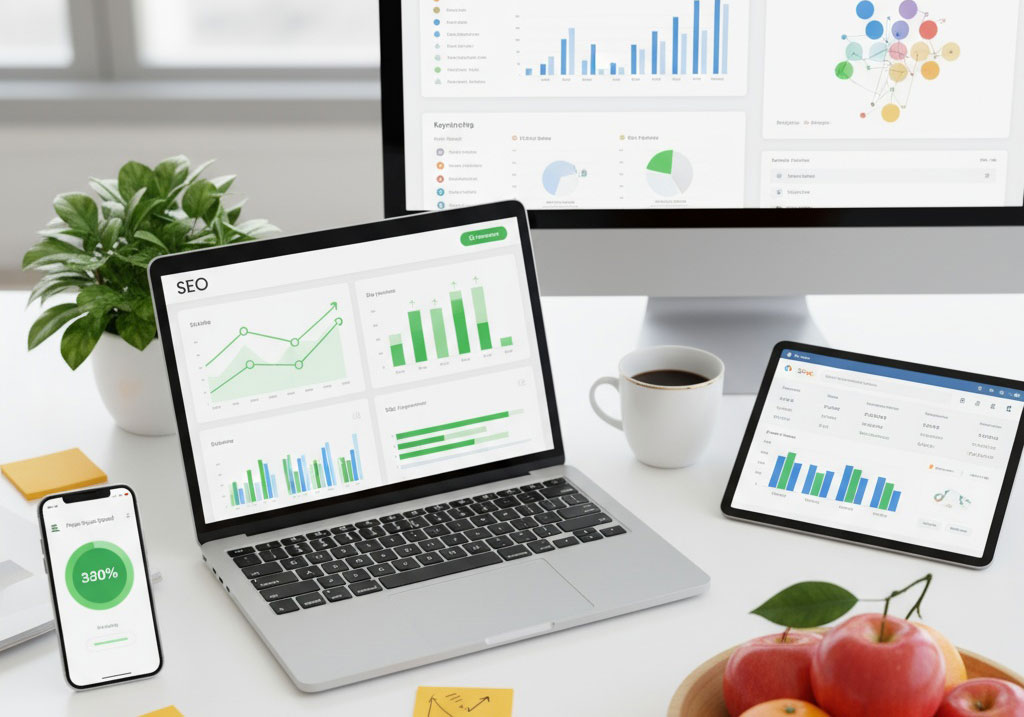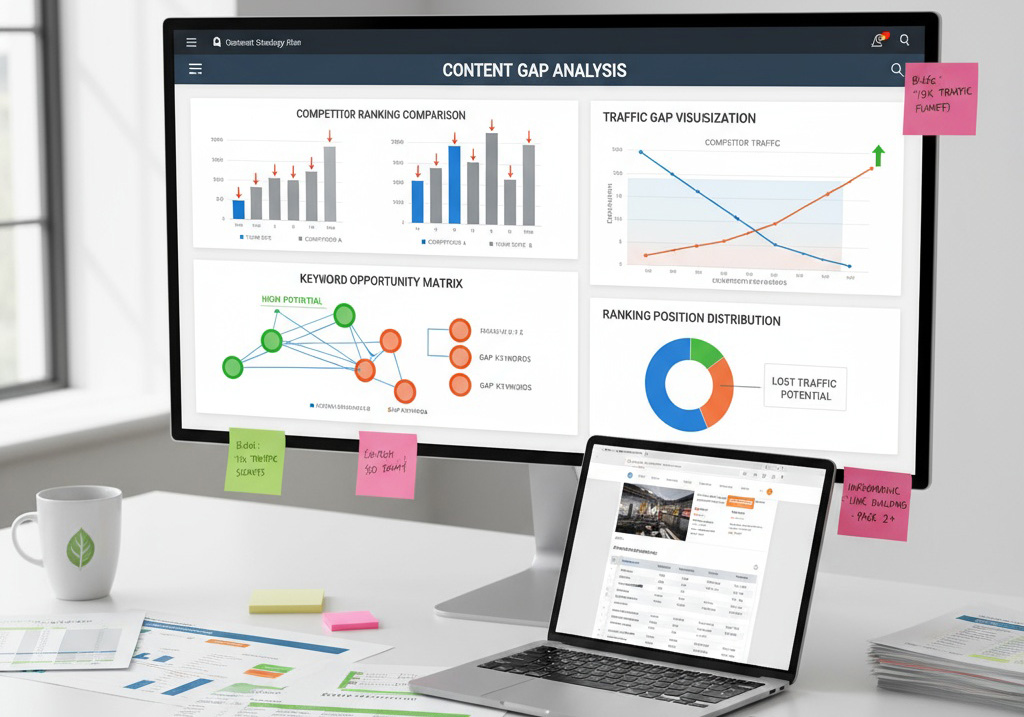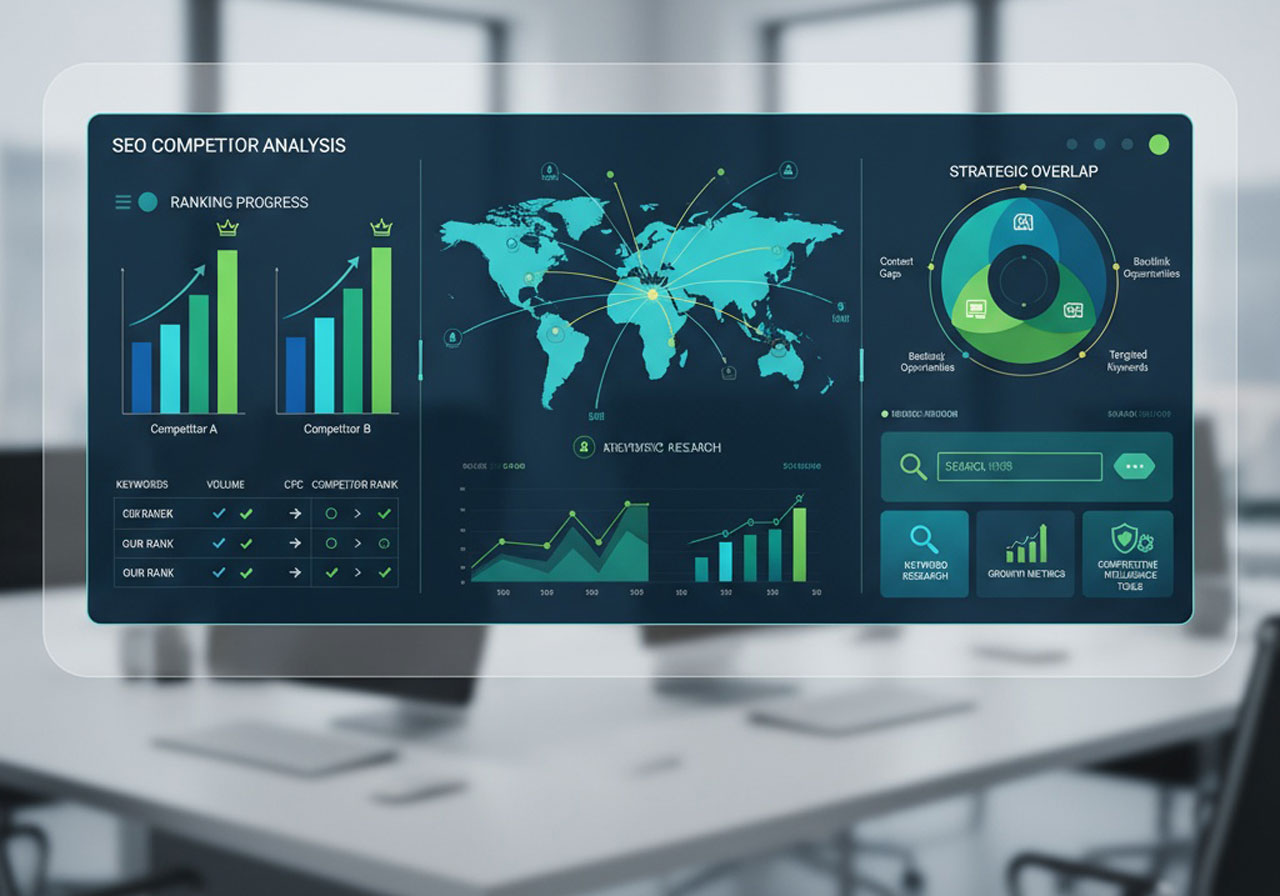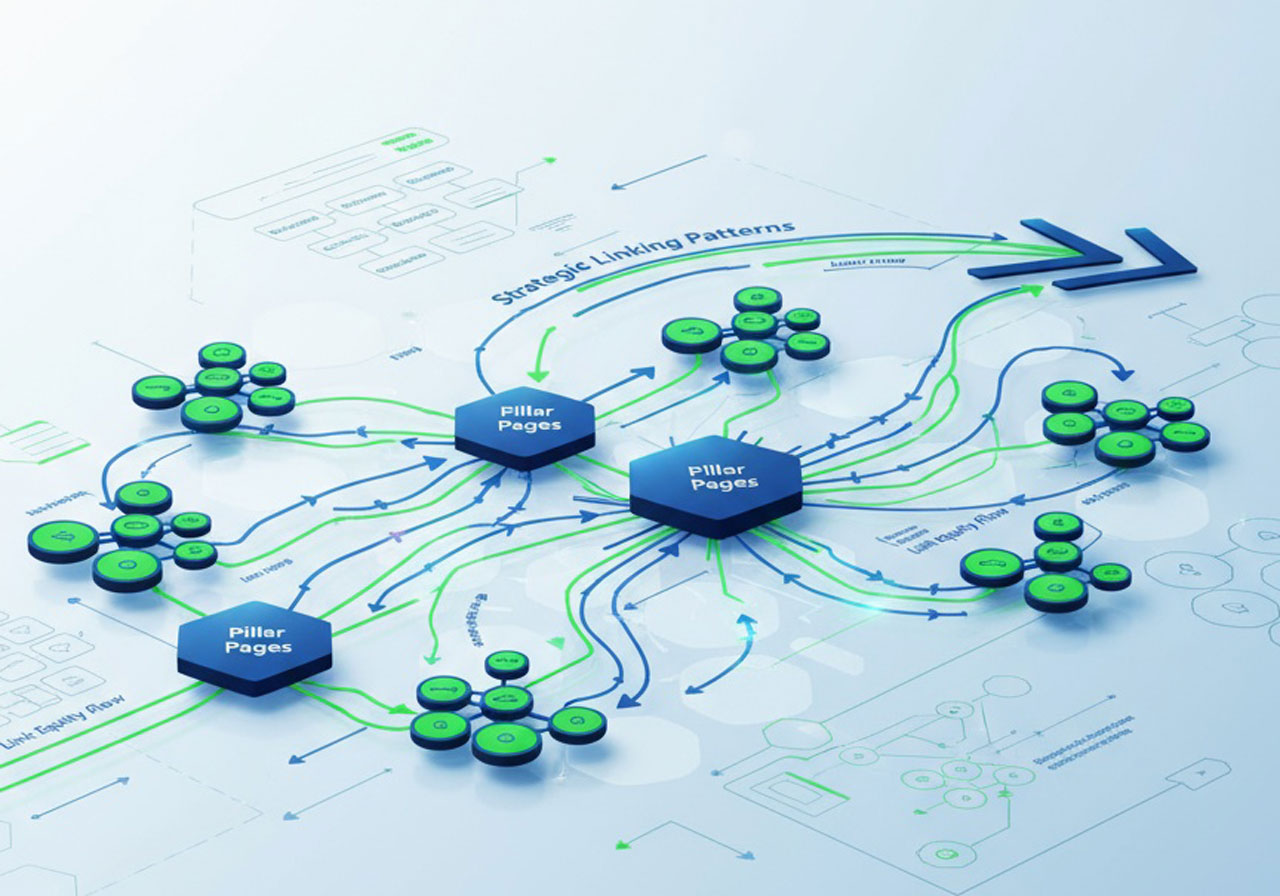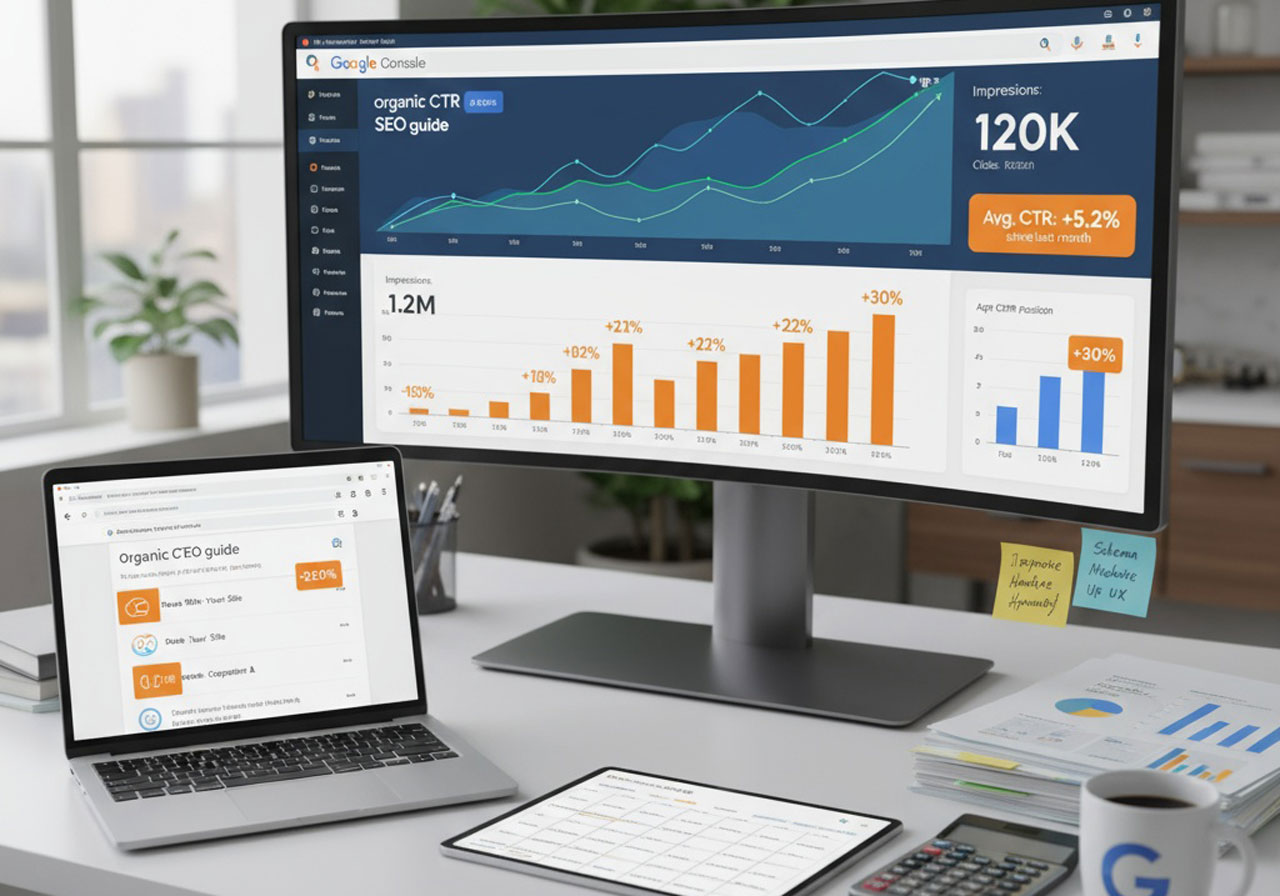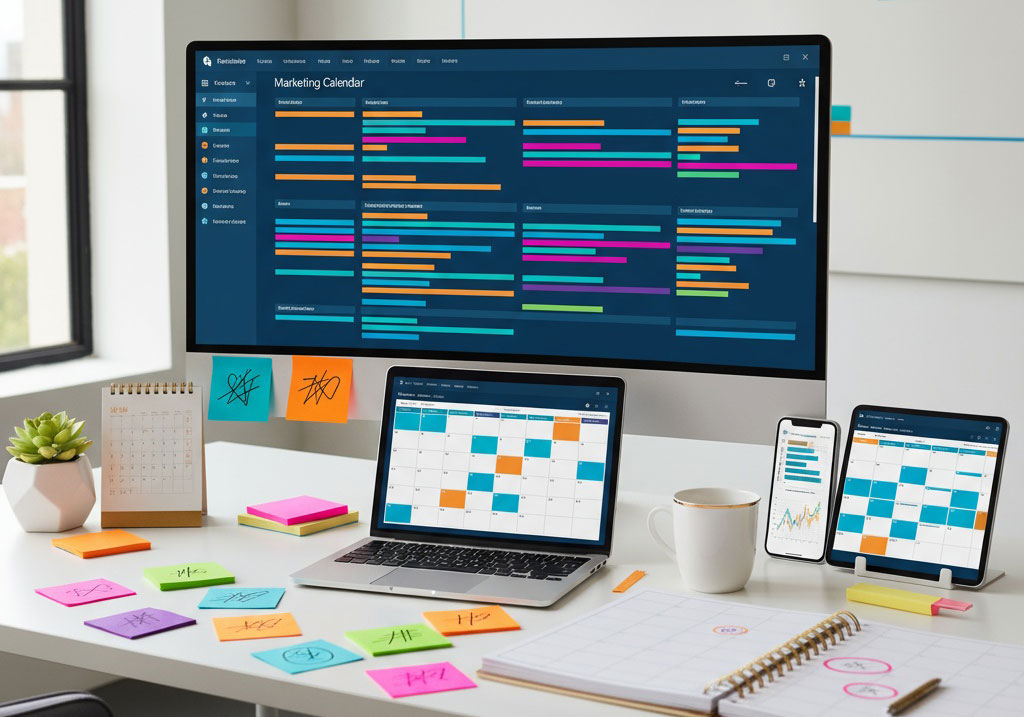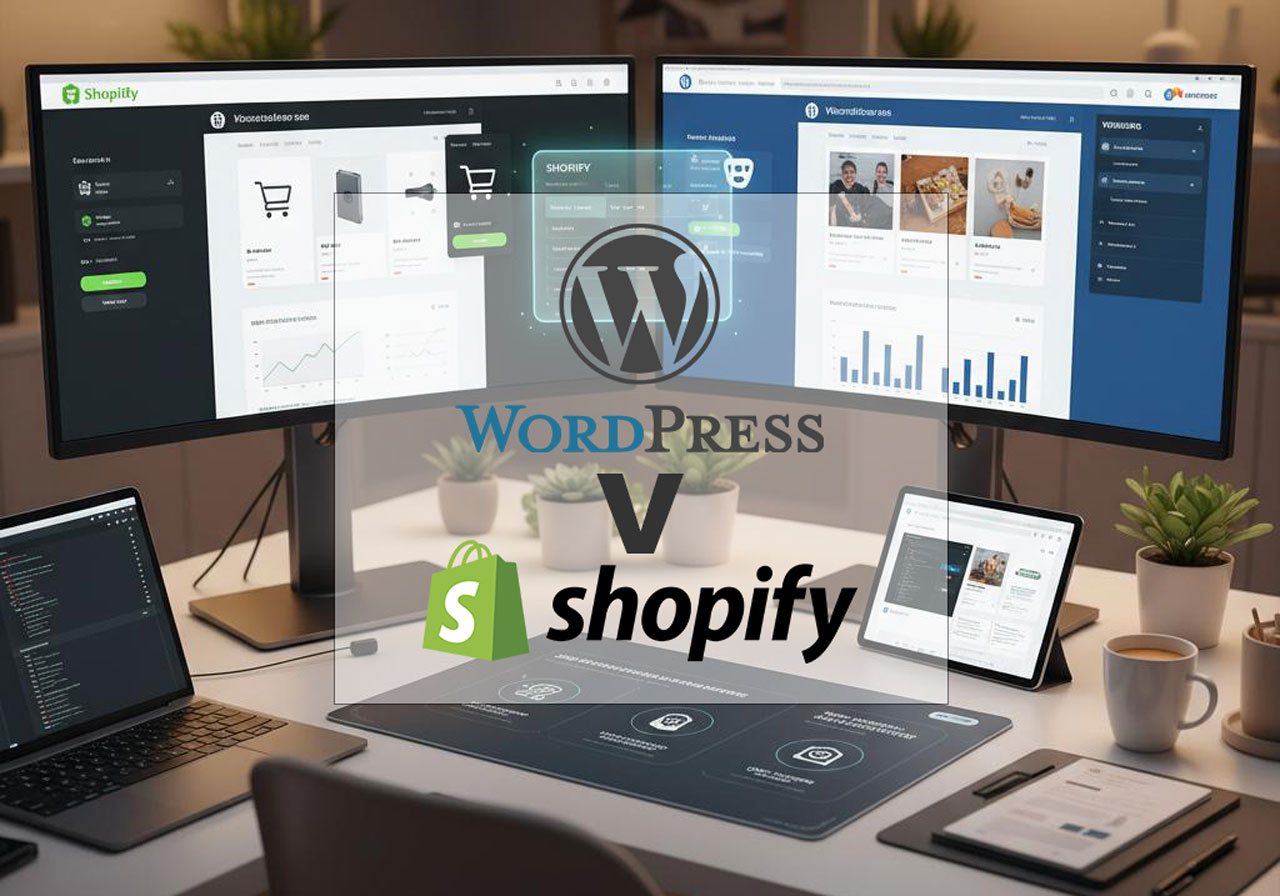Homepage SEO optimisation is fundamentally different from optimising blog posts or product pages. Your homepage serves as your website’s digital storefront, requiring a strategic approach that balances user experience with search engine visibility.
Why Homepage SEO Differs from Other Page Types
Homepage optimisation presents unique challenges because it serves multiple purposes simultaneously. Unlike single-focus pages, your homepage must introduce your brand, guide navigation, and rank for various keywords.
Key differences include:
- Acts as your site’s central hub and primary conversion point
- Targets both branded keywords and commercial intent keywords
- Must balance SEO requirements with user experience design
- Requires broader keyword targeting rather than single-keyword focus
Successful homepages like Clockify demonstrate this balance by ranking for over 8,000 keywords, including high-value terms like “time tracking software” and “project management tools.”
Primary Keyword Research for Homepage Optimization
Identifying Your Target Keywords
Primary keyword selection forms the foundation of effective homepage SEO. Your main keyword should clearly describe your business while matching user search intent.
Consider these strategic factors:
- Current ranking performance for existing keywords
- Your sales funnel and conversion strategy
- Business expansion plans and geographic targeting
- Competitor keyword strategies and SERP analysis
Keyword Research Tools and Methodology
Use comprehensive keyword research to identify your homepage’s keyword opportunities:
- Primary keyword: The main term that best describes your business (highest relevance + search volume)
- Secondary keywords: Related phrases that support your primary term
- Long-tail keywords: Specific phrases that capture buying intent
- Brand keywords: Your company name and branded variations
Tools like Semrush’s Keyword Magic Tool help identify keyword opportunities with search volume data and competition analysis.
On-Page SEO Optimization for Homepages
Title Tag and Meta Description Optimization
Your title tag and meta description are critical SERP elements that directly impact click-through rates and rankings.
Title tag best practices:
- Include your primary keyword and brand name
- Keep under 60 characters for full SERP display
- Create compelling, click-worthy headlines
- Position primary keywords toward the beginning
Meta description optimization:
- Incorporate secondary keywords naturally
- Write persuasive copy that encourages clicks
- Stay within 155-160 character limits
- Include clear value propositions and calls-to-action
Header Structure and Content Hierarchy
Strategic header tag optimization improves both user experience and search engine understanding.
Essential header structure:
- H1 tag: Single, keyword-rich headline describing your business
- H2 tags: Section headers incorporating secondary keywords
- H3-H6 tags: Supporting subheadings for content organization
- Body content: Natural keyword integration within first 100 words
Content Optimization Strategies
Effective homepage content balances keyword integration with user value:
- Place primary keywords in opening paragraphs naturally
- Use semantic keywords throughout supporting content
- Create scannable content with bullet points and short paragraphs
- Include compelling value propositions and unique selling points
Tools like Semrush’s On-Page SEO Checker provide actionable optimization recommendations for content improvement.
Technical SEO for Homepage Performance
Page Speed Optimization
Site speed directly impacts rankings and user experience, making Core Web Vitals optimization essential.
Key performance metrics:
- Largest Contentful Paint (LCP): Target under 2.5 seconds
- Interaction to Next Paint (INP): Aim for under 200 milliseconds
- Cumulative Layout Shift (CLS): Keep under 0.1
Speed optimization techniques:
- Compress images using tools like TinyPNG
- Implement Content Delivery Networks (CDN) for global performance
- Minimize CSS, JavaScript, and HTML file sizes
- Use modern image formats like WebP for faster loading
Mobile-First Optimization
With Google’s mobile-first indexing, mobile optimization is non-negotiable for homepage success.
Mobile SEO essentials:
- Implement responsive design for all screen sizes
- Optimize navigation with hamburger menus and large touch targets
- Eliminate intrusive pop-ups that harm mobile experience
- Prioritize mobile page speed optimization
Structured Data Implementation
Schema markup helps search engines understand your homepage content and can enhance SERP appearance.
Critical schema types for homepages:
- Organization schema: Business details, contact information, social profiles
- Website schema: Site navigation and key pages
- Local business schema: For location-based businesses
- Product/Service schema: For e-commerce and service providers
User Experience and Homepage Design
Site Navigation Optimization
Strategic internal linking and navigation design impact both SEO and conversions.
Navigation best practices:
- Create clear, logical header menu structure
- Implement descriptive anchor text for internal links
- Use breadcrumb navigation for larger sites
- Design comprehensive footer navigation for secondary pages
Visual Content and Image SEO
Visual elements enhance user engagement while providing SEO opportunities:
- Use descriptive file names with target keywords
- Implement alt text optimization for accessibility and SEO
- Showcase product benefits through screenshots and demonstrations
- Create scannable content layout with strategic visual breaks
Link Building for Homepage Authority
Internal Linking Strategy
Your homepage should serve as the central hub for internal link distribution:
- Link to high-value pages like services, products, and key content
- Use keyword-rich anchor text naturally
- Create featured content sections highlighting important pages
- Implement topic clusters with homepage as pillar content
External Link Building Tactics
Backlinks to your homepage signal authority and drive referral traffic:
- Digital PR campaigns for brand mentions and homepage links
- Business partnerships and vendor relationship linking
- Industry directory submissions and local citations
- Broken link building opportunities pointing to your homepage
Quality backlinks from authoritative sites significantly impact your homepage’s search rankings and domain authority.
E-E-A-T and Trust Signals
Building Expertise, Authority, and Trust
Google’s E-E-A-T guidelines emphasize the importance of demonstrating credibility:
Trust signal implementation:
- Display customer testimonials and case studies prominently
- Showcase industry certifications and awards
- Include detailed contact information and business details
- Feature press mentions and media coverage
- Implement security badges and privacy policies
Social Proof and Credibility Indicators
Strong social proof elements enhance homepage credibility:
- Customer review integration from platforms like Google Business
- Client logos and partnership displays
- Industry association memberships
- Media mentions and featured coverage
Homepage SEO Monitoring and Analytics
Performance Tracking Setup
Effective SEO monitoring requires comprehensive tracking systems:
- Google Analytics 4 for traffic and conversion tracking
- Google Search Console for search performance insights
- Position tracking tools for keyword ranking monitoring
- Technical SEO monitoring for ongoing site health checks
Key Performance Indicators
Monitor these critical homepage SEO metrics:
- Organic traffic growth and keyword rankings
- Click-through rates from search results
- Conversion rates and lead generation performance
- Core Web Vitals scores and technical health metrics
Local SEO for Homepage Optimization
Local Search Optimization
For location-based businesses, local SEO integration is crucial:
Local optimization elements:
- Include city and region keywords naturally in content
- Implement local business schema markup
- Optimize for “near me” search queries
- Create location-specific landing pages when serving multiple areas
Google Business Profile Integration
Connect your Google Business Profile with homepage optimization:
- Ensure consistent NAP (Name, Address, Phone) information
- Link to your homepage from your business profile
- Encourage customer reviews mentioning your business by name
- Use local keywords in business descriptions
Advanced Homepage SEO Strategies
Conversion Rate Optimization Integration
Successful homepage SEO balances search visibility with conversion optimization:
- Design clear conversion paths from organic traffic
- Implement A/B testing for key homepage elements
- Create compelling calls-to-action that don’t compromise SEO
- Use heat mapping tools to understand user behavior patterns
International SEO Considerations
For global businesses, international homepage optimization requires:
- Hreflang implementation for language targeting
- Country-specific domain strategies (.com vs .co.uk)
- Cultural adaptation of content and design elements
- Geotargeting setup in Google Search Console
Homepage SEO Mistakes to Avoid
Common Optimization Errors
Avoid these frequent homepage SEO mistakes:
- Keyword stuffing that harms readability and rankings
- Neglecting mobile optimization and responsive design
- Over-optimizing for search engines at the expense of user experience
- Ignoring technical SEO issues that prevent proper crawling and indexing
Content and Design Pitfalls
Homepage content mistakes that hurt SEO performance:
- Creating generic, non-descriptive content that lacks keyword focus
- Using image-heavy designs without proper alt text optimization
- Implementing slow-loading elements that harm Core Web Vitals
- Neglecting internal linking opportunities to key site pages
Successful homepage SEO requires a comprehensive approach that balances search engine optimization with exceptional user experience. By implementing these strategies systematically and monitoring performance consistently, you can transform your homepage into a powerful organic traffic driver that supports your broader business objectives.
Focus on creating valuable content that serves your target audience while following SEO best practices, and your homepage will naturally improve in search rankings while driving meaningful business results.

